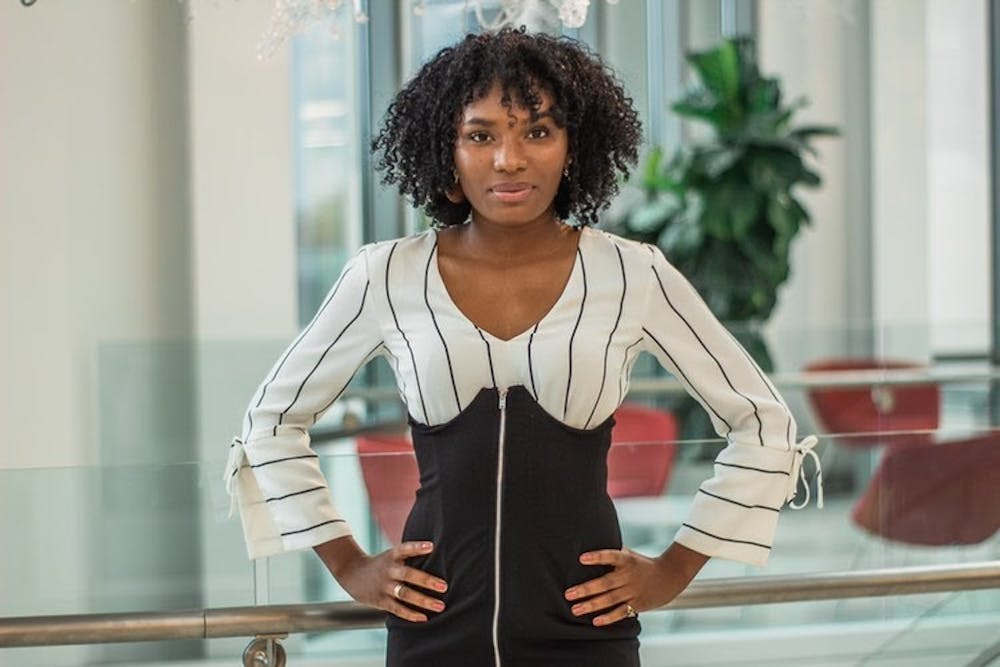The first episode of "What’s Black About It," a student-made YouTube channel covering Black history at IU, aired in March. It received powerful positive feedback on its examination of Black history at IU from the viewers.
Five months later, the university added it as a part of a class on race.
Amaiya Branigan, a senior studying broadcast journalism and creator of “What’s Black About It,” created the show to make a more welcoming environment for Black students at IU]
Branigan did not find many extracurricular opportunities involving Black students while studying broadcast journalism, so, she created "What's Black About It" in an effort to promote inclusion.
“The first episode was focusing primarily on Black history pertaining to Indiana University that most people don’t care about and things that I uncovered on my own,” Branigan said.
She completed the first episode in March with the help of senior Jordan Arnette. Like Branigan, Arnette values the ability to speak to wider audiences.
“That’s the definition of impact,” Arnette said. “To have something that you created taught in classrooms.”
Branigan received messages and comments on her video, but she never realized how far her message carried until the university contacted her.
“When people started reaching out and saying that they learned a lot from it, people that I didn’t know, that I never interacted with, that’s when I really started to realize that this is something people like,” Branigan said.
The first episode of "What’s Black About It" will be part of an intersession class called “Talking Race, Doing Antiracism" from Aug. 10-20, taught by IU professor Vivian Halloran.
“My course talks about both theories and academic and popular discussions of race and how to do antiracism," Halloran said. "But it also uses IU and Bloomington as case studies.”
She wanted Branigan’s video to serve as a case study for how IU students choose to talk about race in a very clear way, as well as showing students what their peers are creating.
"What’s Black About It" was chosen because it is an example of unfiltered student voice on racism, Halloran said.
She said she wants to engage with her classes by presenting their fellow classmates’ work as serious sources for course material.
“I find it useful to have student voices represented accurately and to have the results of student labor find audiences beyond the context in which they were originally created,” Halloran said.
Branigan said her goal was to not just say something definitive on the subject of race, but to leave a lasting effect.
“We see these waves of students come in demanding for the improvement of the quality of life for students on campus,” Branigan said. “But the reason why a lot of the time those things aren’t impactful is because they don’t outlive the students.”




